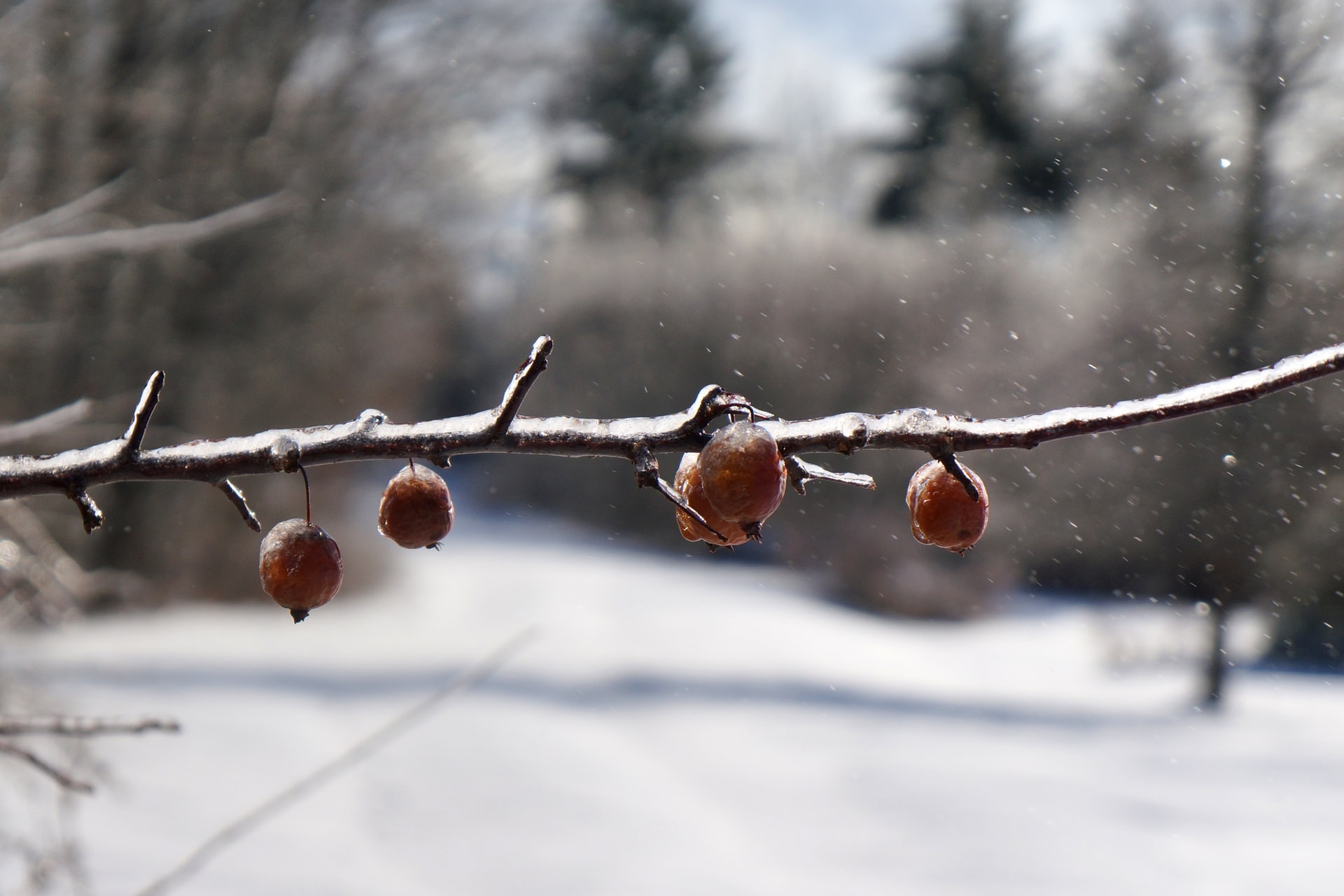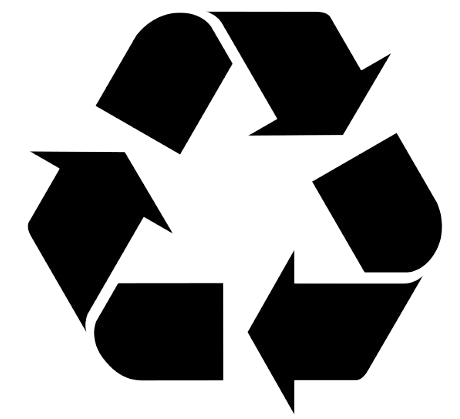Growing Your Own Fruit

Whether you’ve been growing your fruit and veg for years or you’re a newbie to it all, there are many benefits to growing your own produce. Whether it’s the health benefits it bestows to more monetary-based benefits, growing your own fruit is always a great idea, even in winter.
After a year of uncertainties and maybe more up ahead, many people have started growing fruit in their garden to combat the risk of new lockdowns, food shortages and uncertainties of fruit prices after Brexit. Having your fruit readily available in your garden or allotment makes a variety of fruit easily accessible, opening the door to a wide range of different recipe ideas.
The team at Kedel have created this handy guide to help you get started on growing your own fruit this wintertime, as well as offer advice on planters and what’s best for your plants.
What fruit can you grow in Winter?
Winter doesn’t signal the end of the fruit growing season, rather, winter is the best time for many fruit trees to be planted ready for the upcoming season. We recently wrote about how to prepare your garden for winter, so if you are yet to make the final preparations, now is the time to do so.The following fruits are best planted between November and March:
- Crab Apple
- Domestic apple
- Blackthorn
- Bird cherry
- Wild cherry
- Pears
Where to plant & how to care for growing fruit
When you choose your fruit to grow, it’s important to think about the following:
-
The type of fruit you want
-
The amount of shade a tree will provide
-
What wildlife your fruit will bring to the garden
-
How fast it will grow
-
What you want to do with the fruit once ripe and ready
When looking at where to plant your fruit, think about the following:
-
Does the area get enough sunlight?
-
What is the soil type?
-
How dry or wet is the soil?
-
What size and shape will your fruit/fruit tree be once grown?
Planting domestic apple
A popular choice, you can opt for either self-fertile varieties or ones that require you to plant more than one tree so that they can cross-pollinate.
Growing conditions required: fertile soil that’s well-drained, sun or partial shade
Planting Crab Apple
A good tree for attracting wildlife to your garden, Crab Apple trees are a source of food for caterpillars, with flowers attracting insects. Birds and mammals will eat the fruit, as well as thrushes, voles, foxes, badgers and blackbirds.
Growing conditions required: sun or semi-shade can grow in most soil types and dryness
Planting blackthorn
Producing sloes, the berries will attract birds to your garden. It is hardy, so can cope well in exposed sites as a good windbreak.
Growing conditions required: well-drained, moist soil, and full sunlight
Planting bird cherry
Produces bitter cherries and provides beautiful white blossoms in springtime. It will become an early source of nectar and pollen for bees, with its cherries eaten by birds.
Growing conditions required: well-drained soil, full sunlight
Planting wild cherry
Wild cherry provides bright red fruits that are edible and ornamental.
Growing conditions required: well-drained soil, full sunlight
Caring for growing fruit
Fruit trees should be planted with a guard to protect them from the likes of dogs, cats and rabbits. This will help them grow without disturbance.
During the wet, winter months, it’s unlikely that your fruit should need to be watered. However, once it gets to dry months in the new year, you will need to regularly water your fruit well, but not enough to waterlog them.
Once leaves are present, if they are a dark green colour then the tree is doing well. Any other colour requires special care.
The best planters for growing fruit and vegetables
In recent years, the discussion of what planter material is best has been talked about frequently amongst gardeners.
Pressure-treated wood has been used in gardening for years, as it rots a lot slower than normal wood. However, at the beginning of the decade, most of the pressure-treated wood was found to contain chromate copper arsenate which transferred arsenic to soil, fruits and vegetables and then humans during consumption.
Now that this type of wood has been removed from the market, the safest and more reliable option for garden planters is to opt for those made from recycled plastic products.
Kedel is proud to offer a wide variety of recycled plastic planters that are ideal for growing the likes of fruit, vegetables and flowers in.
The benefits of using recycled plastic planters instead of timber planters
-
Recycled plastic planters are made from recycled products, helping reduce the amount of plastic in landfills while helping you maintain a low carbon footprint
-
Unlike timber planters that haven’t been treated, recycled plastic planters are designed to last a lifetime without the need for maintenance. Timber often needs to be fully replaced every 7 years, whereas Kedel recycled plastic is designed to last for life
-
There are no dangerous chemicals that infiltrate the soil, so you don’t need to worry about the threat of arsenic in fruit and vegetables
Browse the full range of recycled plastic lumber and products from Kedel today and discover the perfect furnishings and equipment for your garden or public space. From recycled plastic fencing to recycled plastic palisades, Kedel offers maintenance-free alternatives to timber that maintains high-quality appearances throughout its lifetime.

.png)

 100% Recycled Plastic
100% Recycled Plastic Will Never Rot
Will Never Rot 25 Year Guarantee
25 Year Guarantee Low Carbon Footprint
Low Carbon Footprint